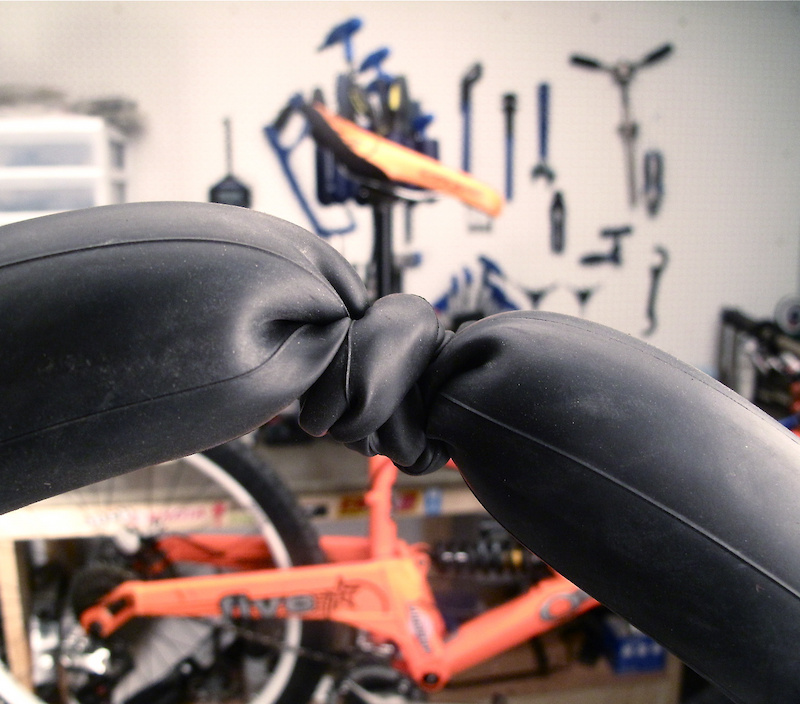Stopaflat tubes are "Size Specific" to a tyre and care should always be taken when matching the tube to the tyre. Please note that our 1.75 sizes will fit a 1.90 standard tyre. Tyre width markings are clearly embossed on the outside wall of a tyre. However there can be variations between tyre manufacturers and tread designs.
For fitting instructions see this helpful video >>>
Stopaflat tubes are "Size Specific" to a tyre and care should always be taken when matching the tube to the tyre. Please note that our 1.75 sizes will fit a 1.90 standard tyre.
Remove the tyre and the tube from the wheel. Clean the rim thoroughly, check the tyre bead and wall for any damage and replace if necessary. Refit the tyre halfway onto the rim ready to insert the tube.
Fit the airless tube into the whole tyre and push back into the rim.
Using the levers to fit the tube into the well of the rim making sure that the tyre bead on the opposite side fits under the clincher. That is the part of the rim that retains the tyre bead.
Carefully fit the tyre over the rim using up to 3 levers, moving a small distance at a time. Be patient as you move around the rim being sure to seat the bead properly.
The tyre is too tight and we cannot get the tyre fitted over the Stopaflat tube.
Solution 1: Over-inflate the old tube for a day or two before trying to install. That will stretch the tire a little and make installation a bit easier.
Solution 2: Soften the Stopaflat inner tube in hot boiled water (NOT BOILING WATER) for not more than 1 minute. Install it right away after taking out of the water.
The tyre is too loose and there is a gap in between the Stopaflat tube and the tyre.
Solution: Cut-out the valve stem on the old inner tube, and pack that inner tube into the inside of the tire.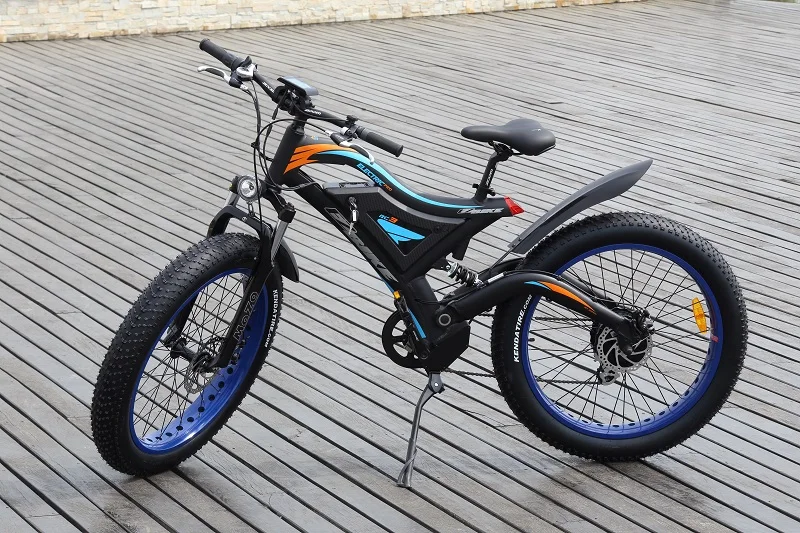 .. BEFORE inserting the puncture-proof tube unit. Leaving the old, airless inner tube inside therefore filled-up some of the extra space remaining inside
.. BEFORE inserting the puncture-proof tube unit. Leaving the old, airless inner tube inside therefore filled-up some of the extra space remaining inside
Customer question:
I have recently installed one of your Stopaflat tubes in my three wheel mobility scooter on the 16 inch by 2,25 inch front wheel. Now there is a terrible side to side vibration at speeds over 10 km an hour, is this normal or do I now have some sort of wheel balance problem now. I noticed that when I received the product was zipp tied in a small box and slightly distorted the circular shape of the product, could this be the problem and will it eventually regain its shape or is it now permanently damaged because of the way it was packaged.
Our suggestion:
Unfortunately you have used the unmatching size of Stopaflat tube with the tyre. However, our largest size of 16" x 2.125 tube is still too small for your 16" x 2.25 tyre. In this case, it forms some space/gap between the tire and the tube. Also, the friction inside will start damaging the tube when riding. After a certain period of damage, the side by side vibration is being formed.
Also, the friction inside will start damaging the tube when riding. After a certain period of damage, the side by side vibration is being formed.
You should STOP using the damaged tube immediately. And in the future, you must get a matching size of tube for the wheel.
However, there are some tips that may be helpful for you.
1) No matter of any sizes of the solid inner tube. They must be placed in the tyre tightly (shouldn't be moved around)
2) If the space/gap is formed even with matching sizes (tyre/tube). You may use the old (pneumatic) inner tube as a "SPACER", the method as below:
Cut-out the valve stem on the old inner tube, and pack that inner tube into the inside of the tire... BEFORE inserting the puncture-proof tube unit. Leaving the old, airless inner tube inside therefore filled-up some of the extra space remaining inside.
No matter what you ride, tires are subject to failure. Conventional tire setups use an inner tube to hold the air and the tire to contact the road. It's been around for quite a while. It's also the most frustrating when you get a puncture. For some, changing the tube is no big deal, even on the road or trail. For others, it may mean the bike is set aside in the garage to collect dust. In either extreme, no one looks forward to repairing a flat tire.
Conventional tire setups use an inner tube to hold the air and the tire to contact the road. It's been around for quite a while. It's also the most frustrating when you get a puncture. For some, changing the tube is no big deal, even on the road or trail. For others, it may mean the bike is set aside in the garage to collect dust. In either extreme, no one looks forward to repairing a flat tire.
Your choices in avoiding a flat tire include: a repair kit - sealant - heavy duty tubes - tire liners - inserts - solid tires. Fortunately, we carry all that and can help you either get back on the road or set up your bike to stay on the road.
Learn More
Flat tires are a part of cycling. Every cyclist, from professionals to the complete beginner gets them, but don't fret - a flat tire doesn't have to be the end of your ride. With practice you can change a flat in about 5 minutes and get back on the road. Even if you don't know how to change a flat yet, bring these items anyway.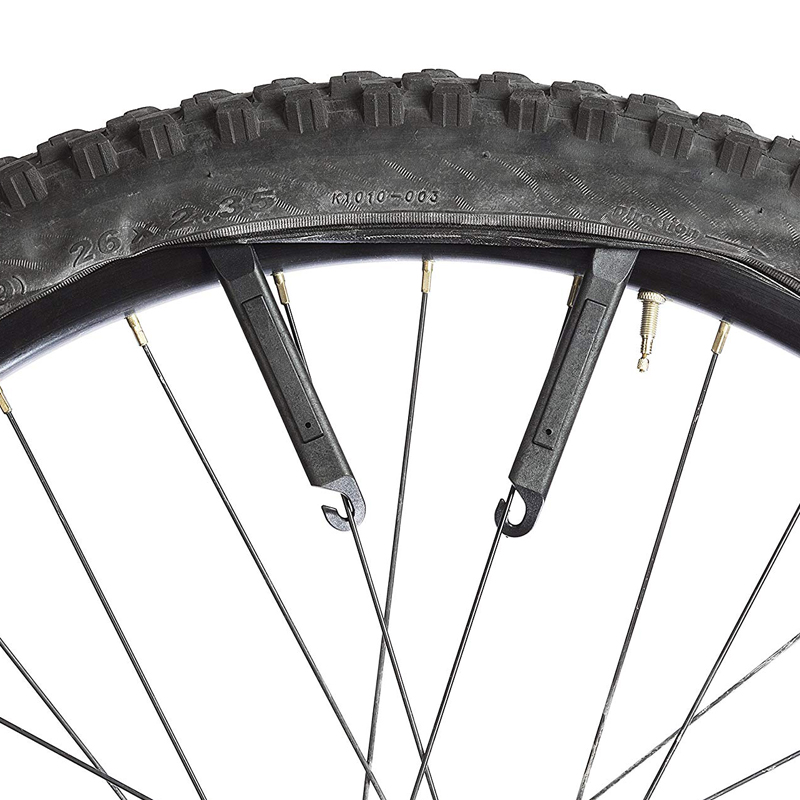 Someone else might be able to help you.
Someone else might be able to help you.
Learn More
If you want to avoid most flats, Desert-Proofing your tires is a good investment. It provides three layers of protection, tire sealant, a heavy duty tube, and a lightweight plastic liner. The liquid sealant will plug any small punctures, the heavy duty tube works with the sealant to make a good barrier (and better sealing), and the liner guards against sharp objects. Our desert-proof option includes the tire sealant, tube, liner and installation. It's a great choice for a new bike or when you bring your bike in for a flat repair. Best of all, we can desert-proof any tire, from road bike to MTB to e-bike.
Learn More
Tannus Armour is the ultimate in tire protection and performance for all levels and styles of riding.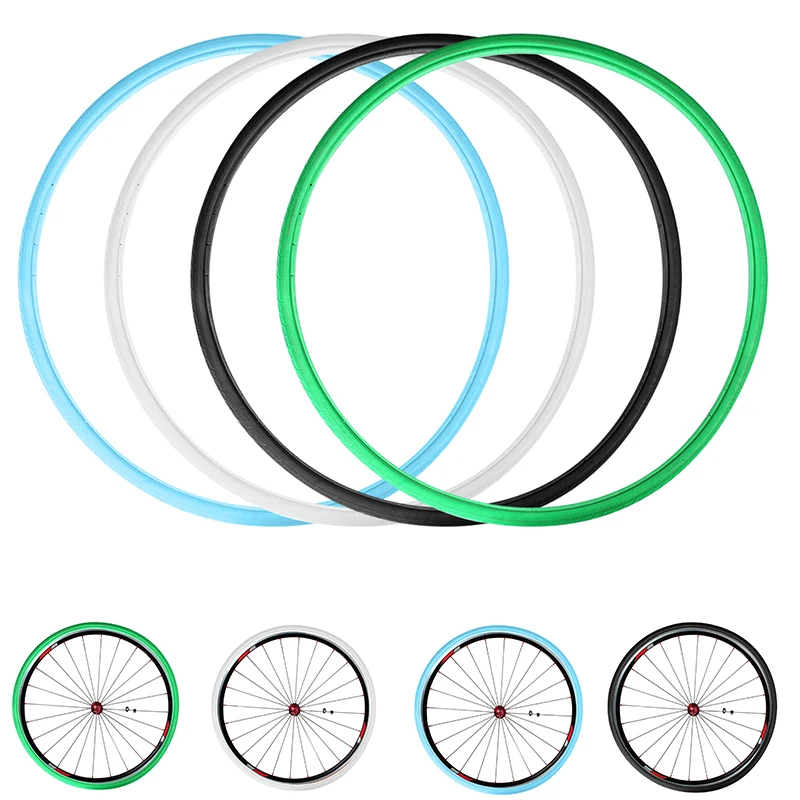 Sitting between your tire and inner tube, the Tannus Armour provides 15mm of puncture protection on the top, as well as 2mm of sidewall protection from sharp objects and rocks. Whether you are a city biker, adventure tourer or prefer the off-road, downhill or gravel trails, Tannus Armour gives you increased grip and vibration dampening for a smoother, more comfortable and enjoyable ride. Tannus has been developing tire technology since 2003 and they are the number 1 brand of airless tire technology in the world. At the heart of Tannus is their patented Aither Technology. Aither is a multi-cell foam compound that forms the structure of the Armour - weighing in at as little as 260 grams
Sitting between your tire and inner tube, the Tannus Armour provides 15mm of puncture protection on the top, as well as 2mm of sidewall protection from sharp objects and rocks. Whether you are a city biker, adventure tourer or prefer the off-road, downhill or gravel trails, Tannus Armour gives you increased grip and vibration dampening for a smoother, more comfortable and enjoyable ride. Tannus has been developing tire technology since 2003 and they are the number 1 brand of airless tire technology in the world. At the heart of Tannus is their patented Aither Technology. Aither is a multi-cell foam compound that forms the structure of the Armour - weighing in at as little as 260 grams
Learn More
The patented Aither technology that makes up 100% of the Tannus solid tire is an engineering marvel. This material is resistant to wear and tear and still provides comfort, minimizes rolling resistance and provides a safer experience.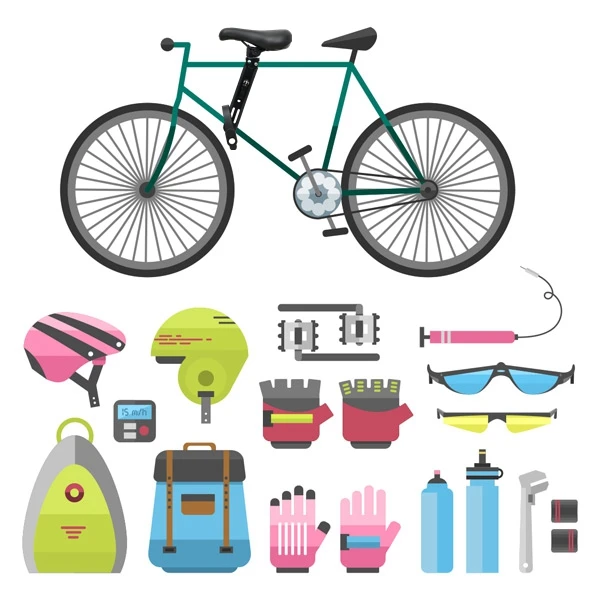 Tannus Airless Tires are made from cutting-edge patented material called Aither 1.1, allowing them to be completely solid but ride like normal bike tires. Tannus tires aren't affected by thorns, nails, glass, or even pinch flats. Never use a pump again with Tannus tires. Just ride.
Tannus Airless Tires are made from cutting-edge patented material called Aither 1.1, allowing them to be completely solid but ride like normal bike tires. Tannus tires aren't affected by thorns, nails, glass, or even pinch flats. Never use a pump again with Tannus tires. Just ride.
Learn More
If you've heard the expression "to Stan's a tire," it's referring to Stan's Tire Sealant. Put the recommended amount in your road, mountain and cyclocross tires and it will stop slow leaks and seal small punctures. Rim strips and valves not included. (Other brands are available at the shop, including: Slime, Orange Seal, Serfas, Monkey Goo, and more.)
Learn More
Read The Blog
A road bike is the fastest type of bike designed for road riding. As you know, at speeds above 30 km / h, the main force preventing forward movement is the force of aerodynamic resistance or air resistance, therefore, the design features of a road bike are aimed at reducing it.
As you know, at speeds above 30 km / h, the main force preventing forward movement is the force of aerodynamic resistance or air resistance, therefore, the design features of a road bike are aimed at reducing it.
Road bike features:
- the main distinguishing feature of a road bike is its geometry, which allows the cyclist to take a landing with the least air resistance. The handlebars of road bikes are ram-shaped, which allows you to change the grip of the handlebar depending on the situation and thereby change the aerodynamic resistance.
- The second feature is the absence of shock-absorbing elements. The road bike is a very rigid bike, it has a rigid front fork, narrow tires or single tubes up to 25 mm wide, saddles without additional cushioning. This was done in order to reduce parasitic losses - to increase the efficiency of the bike-cyclist system. Those who have ridden the road bike note its responsiveness. Every slightest effort on the pedal is transformed into acceleration
- The third feature of the road bike is its low own aerodynamic drag.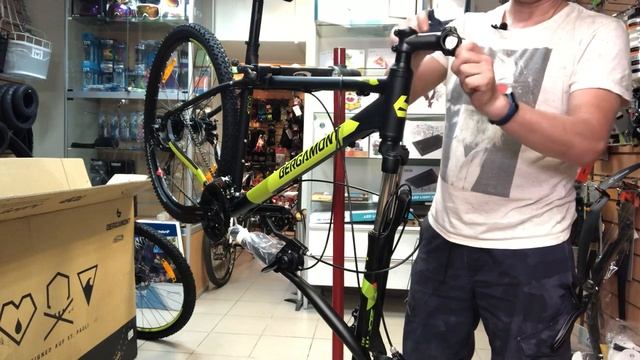 To reduce it, profiled sections of bicycle frame pipes, high-profile wheel rims, flat spokes, flattened handlebars are used.
To reduce it, profiled sections of bicycle frame pipes, high-profile wheel rims, flat spokes, flattened handlebars are used.
- The fourth feature is a transmission with a gear ratio shifted towards high speeds. It is worth noting that in modern road bikes, the gearshift (shifter) and braking systems are integrated into a single mechanism with only one handle, which allows you to shift gears and apply the brakes without taking your hands off the steering wheel
- The fifth feature of the road bike is its lowest weight among all types of bicycles. The weight of the top road bike is from 5.5 to 6.8 kg, and the usual 7-10 kg. For comparison, the weight of the top mountain bike is 8-10 kg
This bike subtype has improved aerodynamic characteristics. Due to the increase in weight from 0.3 to 1 kg, the aero road gets a more rigid aerodynamic frame and components, high-profile wheels. The use of this bike is riding on hilly and flat terrain, sprint disassembly at the finish line.
This subtype of bikes has a minimum weight, as every extra 100 grams of weight is felt during a long climb. The mountain road bike is easily distinguished by the round profile of the pipes with the best stiffness-weight ratio. For the same reason, fighting for low weight, high rims are not put on the wheels of mountain road bikes.
This subtype of bike is distinguished by a softer rear frame triangle, which slightly reduces vibration transmission to the back. Such a bicycle is used by athletes for long training sessions or races such as Paris - Roubaix, and is also very popular among amateurs.
This sub-type of bike is also called a "cutter" or Time Machine. This is a special, highly specialized subtype of road bikes. Its main difference is the super-aerodynamic frame and components, as well as the flat-bed handlebars, allowing the rider to practically lie on the latter.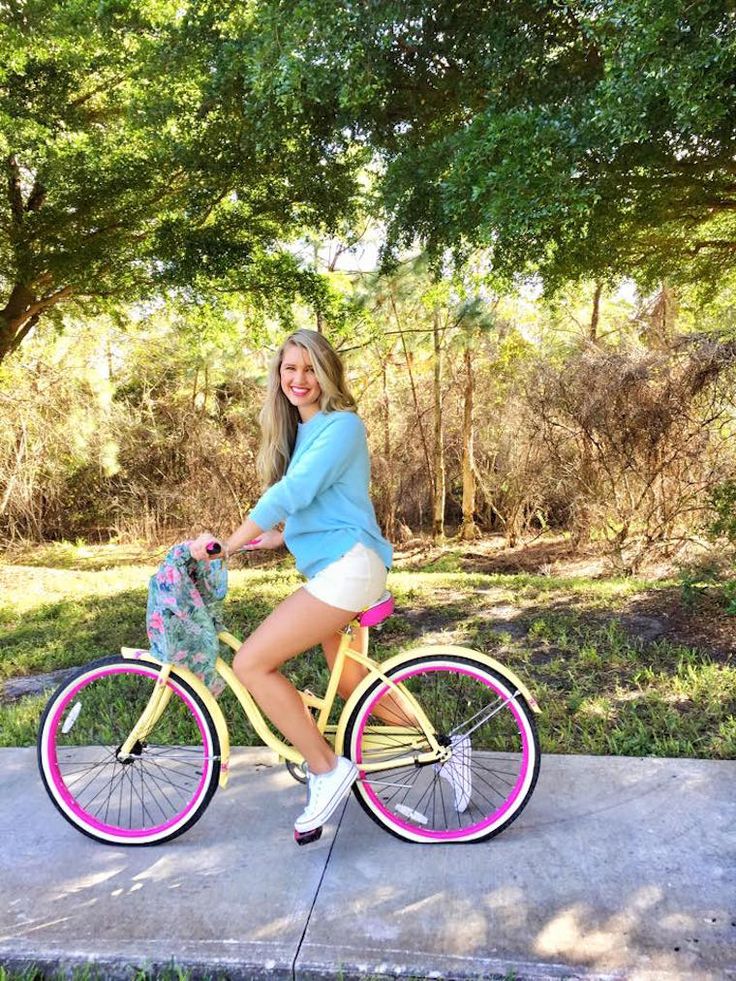 To improve aerodynamics, disk, paddle wheels or wheels with a profile height of up to 10 cm are used. Everything is subordinated to one thing here - the struggle for aerodynamics, the struggle for seconds. The weight of such bicycles is 8-10 kg.
To improve aerodynamics, disk, paddle wheels or wheels with a profile height of up to 10 cm are used. Everything is subordinated to one thing here - the struggle for aerodynamics, the struggle for seconds. The weight of such bicycles is 8-10 kg.
A distinction is made between triathlon and time trial bikes. Triathlon bikes are equipped with hydrators so that the rider can drink without changing the seat. The "cutters" do not have such a system, since the race time from a separate start usually does not exceed 60 minutes. Time trial bike frames are subject to UCI rules regarding tube profile, saddle position, and bed tip relative to the bottom bracket, while triathlon bikes have no such restrictions.
The main difference of this bike subtype is the frame shortened by several centimetres. It allows the amateur cyclist to have a more comfortable high seating position. Sometimes on fitness road bikes they make a wider distance between the frame stays, which allows you to install tires up to 32 mm wide.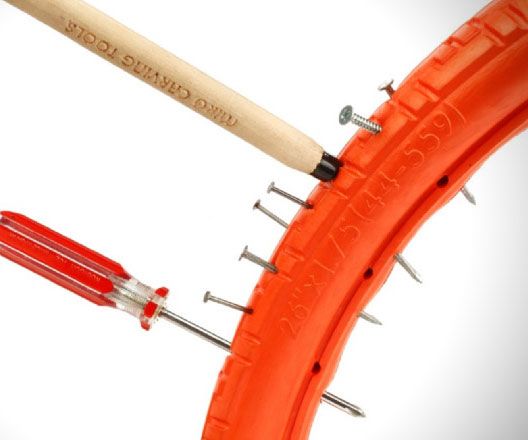 Sometimes fitness road bikes are equipped with straight handlebars.
Sometimes fitness road bikes are equipped with straight handlebars.
Links to our catalog:
Road bikes Triathlon and time trial bikes
Fitness road bikes
All reviews
03/07/2017 Share with friends
Traditional attributes of all road bikes are big and thin 28-wheels, signature curved ram's horn handlebars, aerodynamic "low" landing, lightweight frame with a reduced wheelbase for more speed and maneuverability. Despite the external similarity, road bikes have an internal classification. There are several types of road bikes that differ in design nuances, thanks to which they are adapted to a certain discipline and style of riding.
In this article we will talk about the features of the so-called.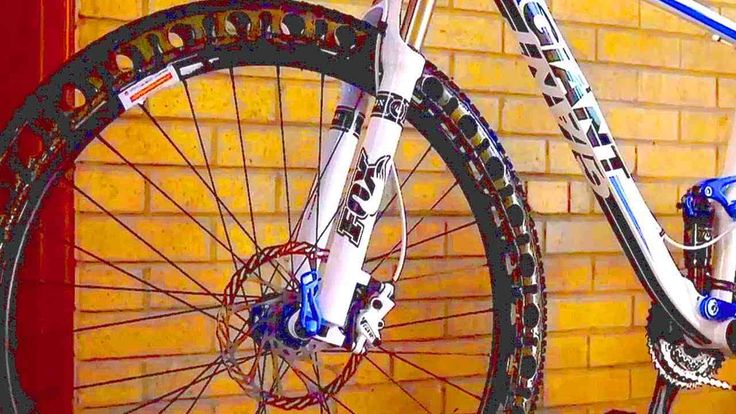 The “big four” road bikes are the most massive and popular varieties of road bikes, leaving out the bikes for highly specialized use - cyclocrosses, triathlon models, air highways and other types that are also classified as road bikes.
The “big four” road bikes are the most massive and popular varieties of road bikes, leaving out the bikes for highly specialized use - cyclocrosses, triathlon models, air highways and other types that are also classified as road bikes.
The traditional road bike has everything you need for high-speed riding on good asphalt. Such models are equipped with a light and rigid frame with a predominantly straight top tube. Classic road bikes have a reduced wheelbase: the distance between the axles of the front and rear wheels is an order of magnitude smaller than, for example, city bikes, which makes them more maneuverable and responsive to control, but less stable. Another distinctive feature of the road frame is the large carriage sag. The location of the bottom bracket close to the ground allows you to achieve maximum sharpness of turns at high speeds.
The classic road bike prioritizes speed over comfort. The low and stretched riding position provides the rider with an optimal aerodynamic position - you can count on high speeds, low resistance to oncoming traffic, a secure grip in various positions of the handlebars and its precise response to the slightest movements. But this landing makes the classic road bike ill-suited for long-distance riding and multi-day trips.
But this landing makes the classic road bike ill-suited for long-distance riding and multi-day trips.
An obligatory attribute of a road bike is a curved handlebar "ram's horns". It has three basic hand positions (underhand grip, on-handle and overhand grip) as well as several intermediate positions. Each of the grip options is optimal in specific situations: on descents, climbs, while cruising. The steering wheel of a classic road bike is distinguished not by the "ram's horns" themselves, but by the entire steering configuration - a short head tube, a flat and short stem, the minimum height of the steering wheel itself. All these features provide precise and responsive control.
Another invariable attribute of the highway is big and narrow wheels. The main percentage of models are equipped with 28 high-pressure wheels - about 8 atm., Their width varies between 18-28 mm. Rigidly spoked wheels absorb shocks well and withstand dynamic loads. All classic road bikes have a rigid (rigid) fork. It makes the bike much lighter and improves the quality of rolling due to the absence of vertical swing, damping the efficiency of pedaling.
It makes the bike much lighter and improves the quality of rolling due to the absence of vertical swing, damping the efficiency of pedaling.
Endurances are a subclass of road bikes that feature minor frame modifications and a number of other design features designed to make riding more comfortable. Endurance is the choice of those who like to ride long, fast and comfortable, while not depriving themselves of all the main advantages of a road bike.
To avoid confusion, it is important to remember that the category endurance (endurance road bikes) refers to the type of road bikes. Along with them, there are also enduro bikes - this is a kind of mountain bi-suspension for aggressive riding down slopes. They have nothing to do with the conversation about road bikes.
For inexperienced cyclists, the differences between an endurance frame and a classic road bike are almost imperceptible. Mainly we are talking about a long top tube, a significantly elongated head tube and a long reach (a frame parameter that displays the distance from the bottom bracket axle to an imaginary line drawn through the center of the head tube).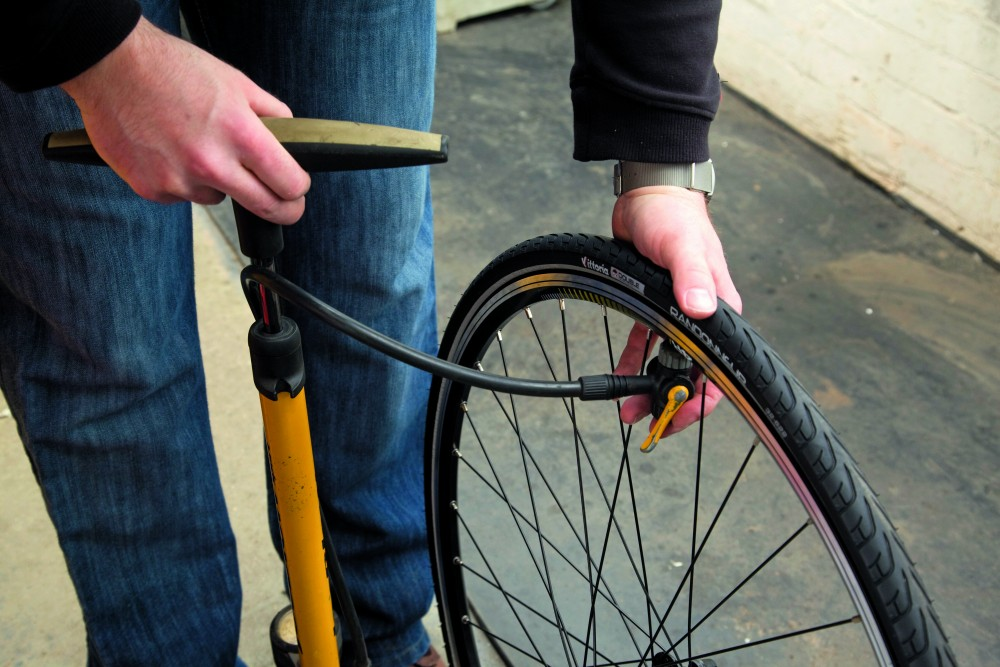 For an inexperienced eye, outwardly, these differences will turn out to be imperceptible, but changing from a regular road bike to endurance, and even more so after spending several hours in the saddle, the difference will become noticeable.
For an inexperienced eye, outwardly, these differences will turn out to be imperceptible, but changing from a regular road bike to endurance, and even more so after spending several hours in the saddle, the difference will become noticeable.
The endurance seat is higher and less stressful: unlike a conventional road bike, the back and neck on this bike do not get tired even after many hours of riding on bad roads. Endurance geometry provides improved comfort in the lower grip, which directly affects the quality of control over the bike and the degree of safety during high-speed riding. The flip side of all these advantages is the increased weight of the frame and greater aerodynamic drag due to the high seating position of the athlete.
Endurance wheels are in most cases the same diameter as conventional road bikes, but the tires are wider: their width can vary between 28-32 mm. Thanks to this, the bike is better controlled on poor road surfaces and absorbs shocks more effectively. Endurances are equipped with rigid rigid forks, while the developers do not completely ignore the aspect of depreciation. In most models, the fork and seatpost have special cushioning inserts. Thanks to these solutions, endurances are less rigid than conventional road bikes, while maintaining excellent rolling and high pedaling efficiency.
In summary, Endurance is the best choice if you are a road biker but want to ride long and comfortably. Your routes will not be limited to asphalt roads alone, and when you drive down a bad road, your spine will not suffer from every bump. In endurances, comfort comes at the expense of speed: a classic road bike is faster, but this difference is fundamentally noticeable only for cyclists with very good training, squeezing the maximum of its capabilities out of equipment. For all its versatility, Endurance is not an off-road bike, with it you can significantly diversify your routes, but tourism and multi-day races are not yet its element.
Grevel is one of the latest experiments in the road bike segment.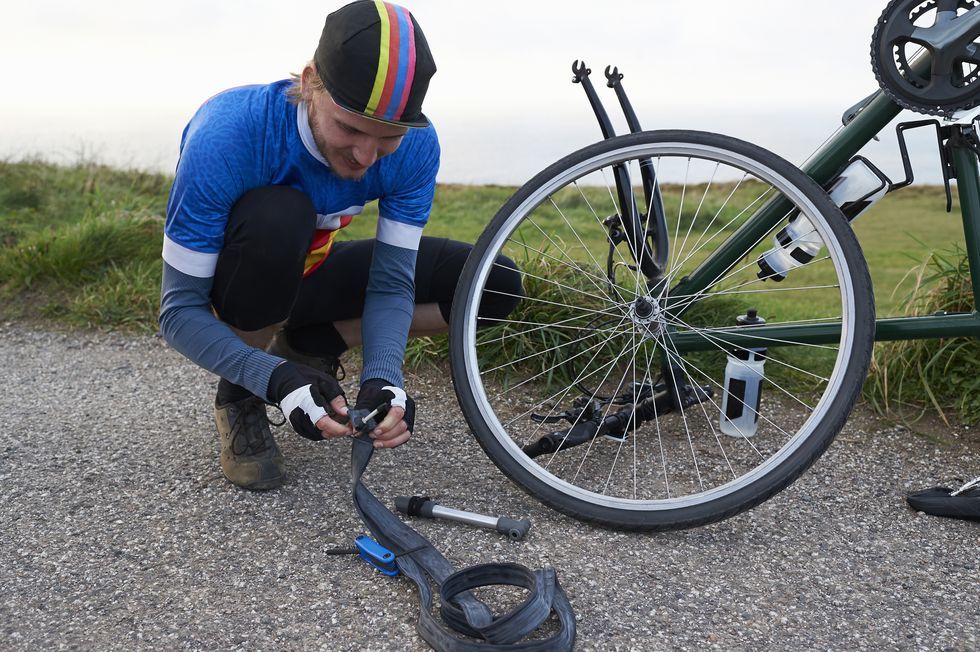 Its success can already be judged by the fact that in a relatively short time these bikes have gained wide popularity and are confidently entrenched in the "big four" road bikes, along with classic models, endurances and touring bikes.
Its success can already be judged by the fact that in a relatively short time these bikes have gained wide popularity and are confidently entrenched in the "big four" road bikes, along with classic models, endurances and touring bikes.
The name of this bike speaks eloquently about the essence of this bike - gravel. It is perfectly adapted to moderate off-road conditions and fully reveals its road potential on asphalt. Grevels are perhaps the most successful example of how finely the performance of a sports bike and the capabilities of an off-road vehicle can be balanced. Of course, gravel bikes are inferior in patency to MTBs and fall short of classic road bikes in speed, but the way they masterfully combine the characteristics of two completely opposite bikes makes one admire the engineering talent of the developers.
Grevels have a well-designed frame, in general terms similar to the Endurance configuration. Extended reach, low standover (the distance from the ground to the highest point of the top tube), a long head tube in combination with a shortened stem, a swollen head tube, increased stiffness of the front triangle - all this provides a high seating position, comfort during long rides, precise and confident control.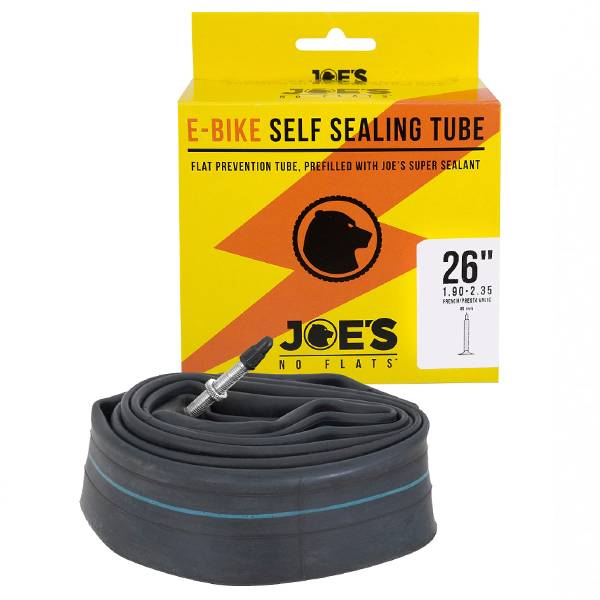
The fundamental difference with endurances lies in the wide tires and rims: in many models of Grevel these parameters are close to MTB standards. The wide, semi-slick sidewall tires provide excellent rolling on the trail and proper flotation when you pull off the road. With high pressure in the chambers, you will appreciate all the advantages of driving on good asphalt, reducing it - you will feel confident on primers and off-road.
Most grevels have an aluminum frame combined with a carbon fork. More expensive options are made entirely of carbon fiber. The increased mud clearance on the fork and rear stays is a big factor in making the bike more off-road capable. The fork itself is rigid, although there are a number of short-travel shock absorbers available on the market.
When it comes to cushioning, each manufacturer offers its own original solutions. As a rule, vibration-damping inserts for the fork and seatpost, “flexible feathers” technology, and a special vibration-suppressing steering wheel winding are used in grevels. These technologies allow you to sufficiently absorb shocks and at the same time transform all the pedaling energy into movement without loss.
These technologies allow you to sufficiently absorb shocks and at the same time transform all the pedaling energy into movement without loss.
Summing up all of the above, gravel bikes can be safely called the most comfortable and versatile type of road bike. The characteristics of these bikes are enough to feel equally comfortable on asphalt, primers and off-road. Unlike endurances, they can already be used for backpacking adventures and touring. The capabilities of this bike are only limited by the extreme terrain that mountain bikes still dominate. Of course, the comfort of a straight seat and the omnivorousness of the bike comes at the expense of its speed, which is much less than that of classic road bikes.
Touring bikes are a type of road bike designed for cycling and traveling. They are designed for leisurely long trips on smooth roads and moderate off-road. The three key attributes of any touring bike are reliability, comfort and load capacity.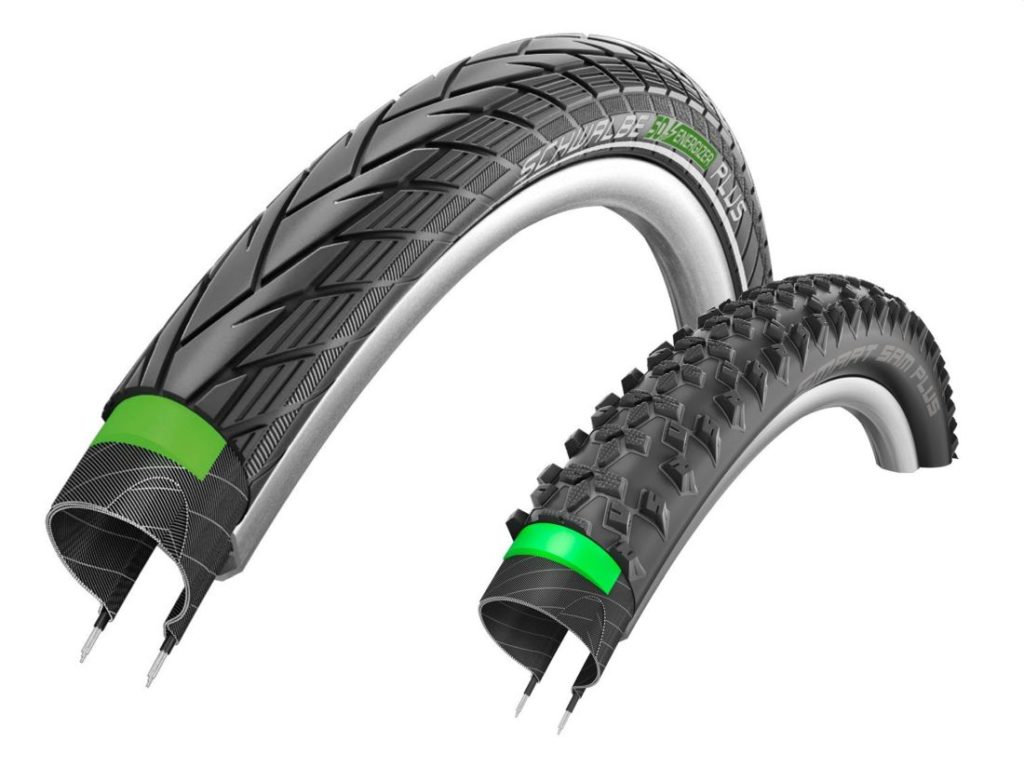 These bikes are designed to be as comfortable as possible when going on an autonomous cycling trip for several days or weeks. The element of touring - routes with a predominance of asphalt and primers.
These bikes are designed to be as comfortable as possible when going on an autonomous cycling trip for several days or weeks. The element of touring - routes with a predominance of asphalt and primers.
Externally, touring bikes look like vintage bikes: a classic frame with a straight top tube, large 28th wheels, an extended wheelbase, a flat landing. They do not have the same speed as classic highways or endurances, and in terms of cross-country ability they are inferior to grevels, but in terms of comfort they surpass any of them. The long wheelbase provides better stability, while fully loading the front and rear bike racks has little effect on handling. In keeping with the philosophy of touring bikes, touring bikes are equipped with mounts for mounting front and rear racks, fenders, bottles and other touring paraphernalia.
Touring bikes are one of the few segments where chrome molybdenum steel still dominates and is preferred over aluminum and carbon fiber in frame construction.